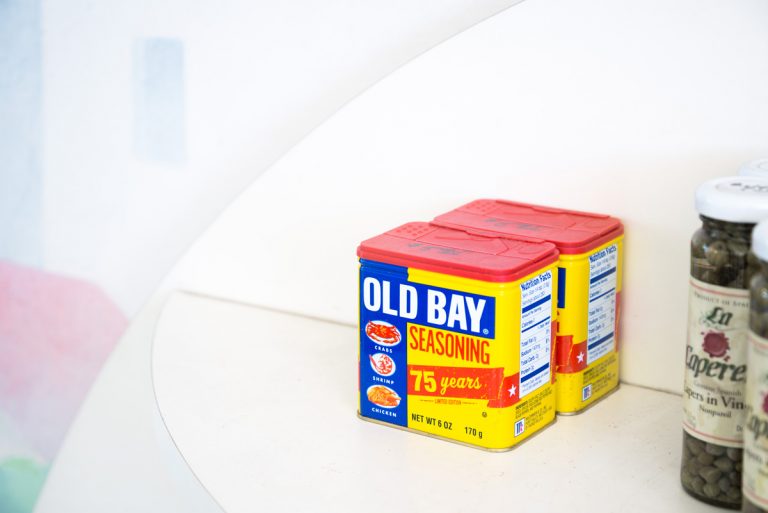What is digital food? Here’s everything you need to know
The food industry has been undergoing monumental changes in the past few decades—new technologies were implemented, even into the way we cook, produce and buy food. Climate change pushed more and more people to watch out for how much meat they consume, which then made becoming a vegetarian or vegan extremely trendy. This created a growing need for plant-based ‘meats’ and non-dairy products.
Along with these shifts, a new term appeared in the culinary world: ‘digital food’. It’s here, and it doesn’t look like it’s going to vanish anytime soon, so you better get used to it. But what exactly is digital food, and what changes will it inspire in the ever-changing industry that is the food sector?
First of all, let’s start by clarifying something: digital food and new technologies being used in the daily operations of food companies are two different things. New technologies meant that manufacturing processes were upgraded and started producing more food at a faster pace. But digital food is something else entirely. With social media came the recent boom in online food-based media, which completely changed the way we look at food online and seek out new recipes, restaurants and reviews.
We began craving new flavours from different countries, but it went even further than that. From sharing images of food on Instagram to augmented reality (AR) filters that shape our faces into a peach or a tomato or any food you can think of, it seems that the term ‘digital food’ still has many meanings and, therefore, that there is no general consensus on its definition. Why is it not clearer? Because digital food is so recent that it is still in constant change. In other words, digital food is the future but no one can tell what the future holds.
Forget about the Instagram face, the new trend involves face filters that either allow you to look like your favourite food or make photo-realistic 3D food models appear on your camera. Not only can you look like your favourite kind of bubble tea, but you can also help reduce food waste by playing with food digitally. Because, let’s be honest, who hasn’t tried the Greggs face filter that lets you know which Greggs product you are?
Screen Shot spoke to Clay Weishaar, also known as @wrld.space on Instagram, the AR artist specialising in food filters, about our new obsession with food, especially on social media, and why his designs mainly focus on digital food, “Food culture has always been a big subject on Instagram. So has fashion. This has really inspired me to explore the idea of food as fashion. I loved the idea of people wearing their favourite food. With augmented reality technology we have the ability to do this.”
This can explain the kind of feedback that his Instagram filters received: “I am a huge foodie myself. Combining food, fashion and technology was a sweet spot for me. I think the reason my filters have almost 2 billion impressions is that food is something people identify with. It’s a universal subject, and it is what brings people and cultures together.”
Some big food chains have already seen the potential in digital food. For example, Domino’s created a Snapchat filter that would let users see an AR pizza and offer them the possibility of ordering the pizza online, straight from their Snapchat app. Using AR, brands could show us exactly what a specific meal would look like, making it easier for potential customers to make up their minds on what they’d like to order.
Five years ago, people were writing about food online to complain about the trend of people sharing pictures of their meals on Instagram. Now, people are looking, liking and sharing pictures of fake food—digital food. If you’ve ever wondered what food you should eat to improve your blood pressure, perhaps digital food might be the best solution.
Among the few who can already see the potential of digital food is Jessica Herrington, who created the Instagram account Fresh Hot Delicious, a completely digital restaurant specialising in digital desserts. She described the concept in OneZero, saying, “Each dessert exists as a freely available AR filter on Instagram. To simulate a real-world restaurant, the desserts ‘sell out’ when the AR filters reach a specific number of views. Users can play with the desserts for free until they are ‘sold out’ and become deactivated. In this way, the digital restaurant gives a life span to previously permanent digital objects.”
Experiencing digital food through AR is an accessible and innovative alternative to engage with an audience. Food brands are trying to sell more than a product—they need to sell an experience, and digital food could help them build a connection with potential customers. The future of the food sector is digital, and we’ve only witnessed a few of the many ways we will consume digital food. As unusual it may seem to many for now, digital food will offer us a new approach to traditional eating experiences, and I don’t know about you, but all this made me hungry.





